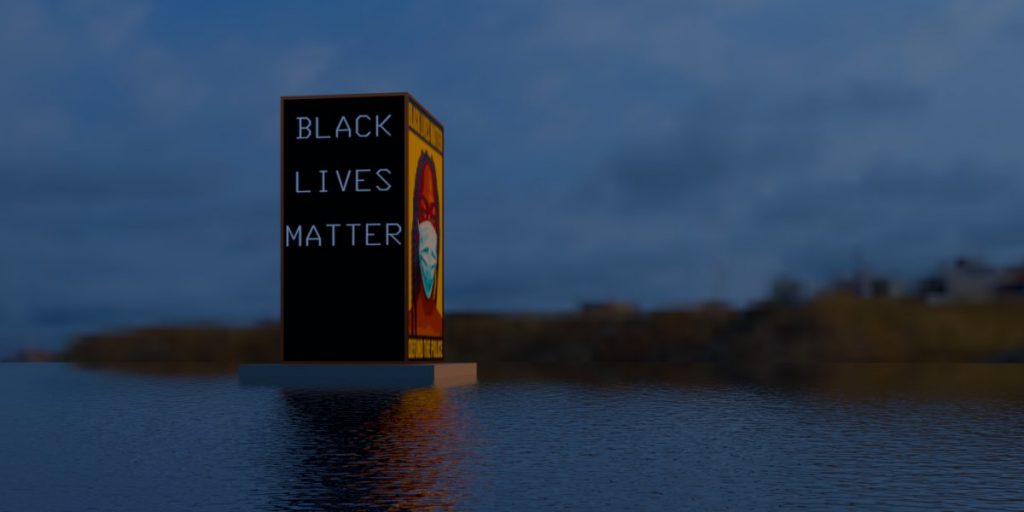As a part of the speculative design discipline, design fictions often rely on “What if” questions and create provocative frameworks for discussion and debate. This discipline has been widely applied in scopes such as policy making, product design, and social, legal, political or economic issues. There are elements in this discipline that are very useful for decolonization efforts that haven’t been developed very much. My practice is based on the interest in using this speculative design and critical design to address decolonizations.
One methodology I’ve learned from British artist James Auger is “Alternative Presents and Speculative Futures”. Auger has proposed that design has been compromised due to many market and historical factors since the beginning of the last century and beyond. By removing constraints of certain historical events linked to real-world problems, it helps us to reimagine an alternative scenario or product to “hack the system”. I’ve adapted the idea of making historical detours and used this methodology in my works for anti-racist and decolonial initiatives.
The Erased Present
In particular, I’ve researched different historical racist events in Vancouver and tried to change the path of those events to create a scenario based on the alternative history. The actual history shows that around the 1970s, most black neighbourhoods in Vancouver were destroyed because of the construction of the Georgia Viaduct, a raised roadway that connects East Vancouver with downtown.
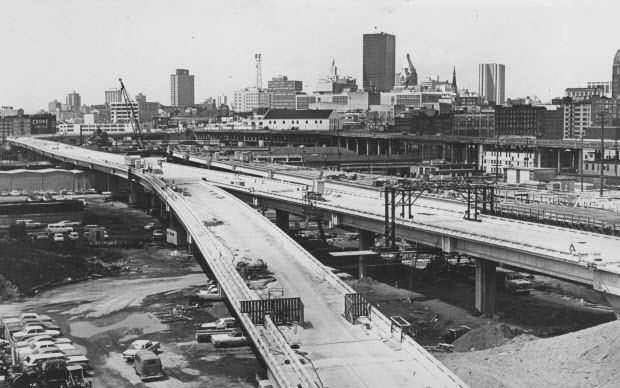
Many African Canadians were forced to vacate their community, and Hogan’s Alley was mostly demolished. The scenario that I am using for my studio research is based on an alternate past where neighbourhoods around Hogan’s Alley were not torn down. What would Hogan’s Alley look like in 2020, if it was never demolished for building the Georgia Viaduct? So currently I’m using my expertise in architectural design to rebuild the community based on this scenario.
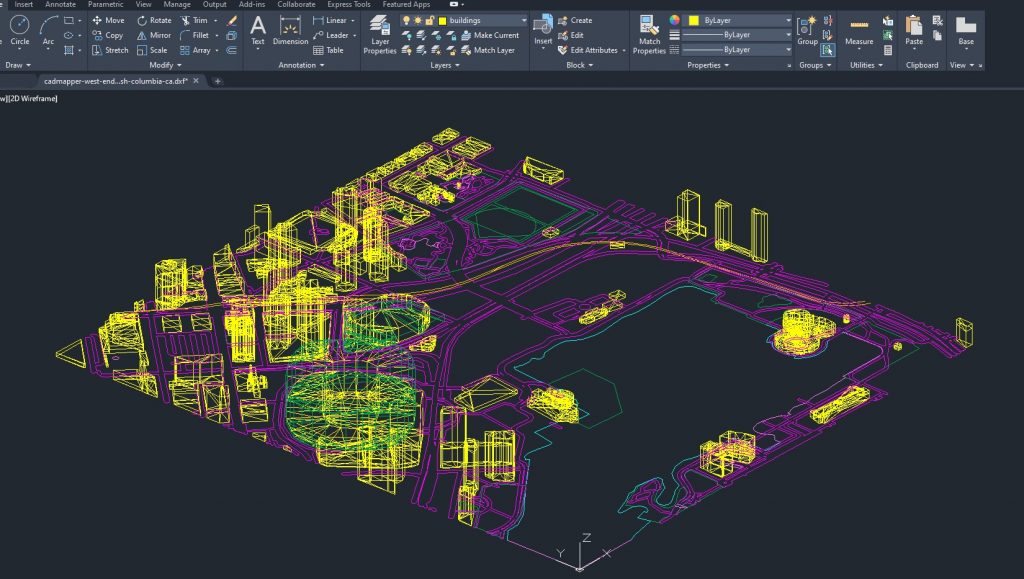
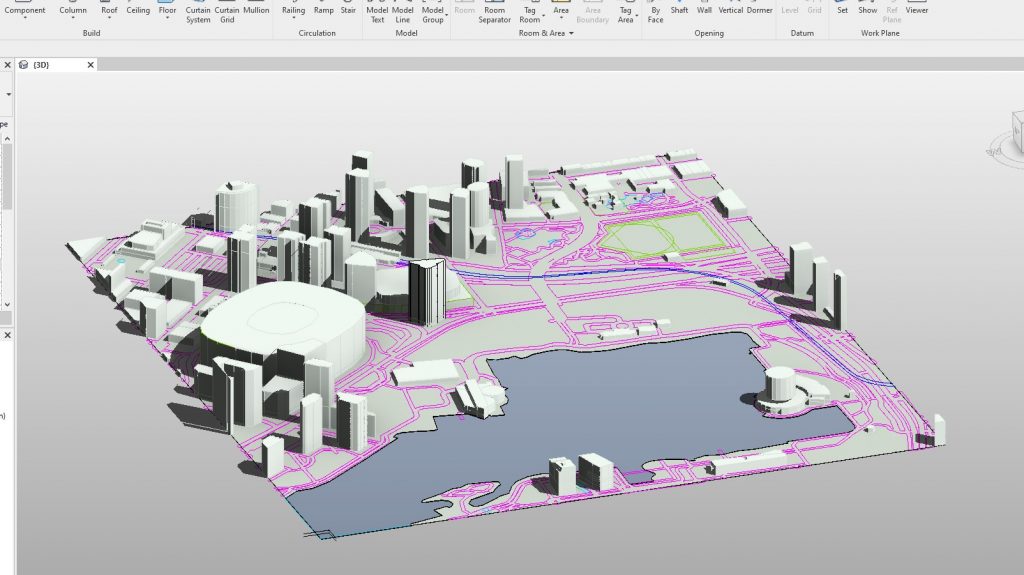

I am working to build out architecture prototypes and different kinds of visualizations of what Hogan’s alley could have been if the freeway would have not been built.
The Fictional History
Because of systemic racism that predominated in Vancouver, the city limited people of colour from exiting the neighbourhood. A border wall was built with a fence to restrict people from migrating and only essential business such as transport of goods was exempted.
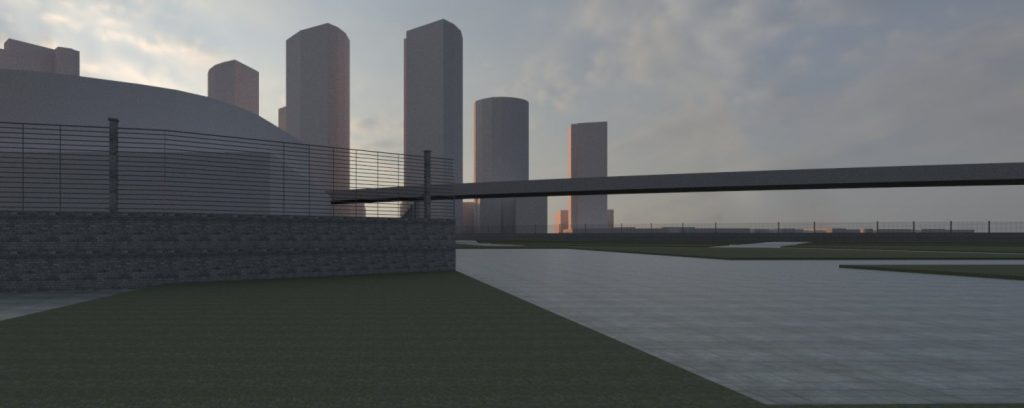
The BC government and the City of Vancouver have cut the funding for the neighbourhood which leads to the lack of services and management in this area. More and more businesses and organizations run by the African, Japanese, and Chinese Canadians have occurred in the community. Those businesses and organizations did not have to comply with the city/provincial regulations due to the absence of law enforcement. So the community became very different in many ways than the rest of the country. If you have heard about the Kowloon Walled City in Hongkong, they share a lot of similarities. In the early 1970s, the Non-Partisan Association’s civic government’s construction of the Georgia Viaduct has started. The plan was to tear down the neighbourhood of Hogan’s Alley for the construction. But in the same year, the Hogan’s Alley protest has started and the construction of Georgia Viaduct was stopped by the alliance of community activists.

After succeeding in the protest, Hogan’s alley has gained more independence and attracted more people of colour from all over Canada to relocate into the neighbourhood. The neighbourhood had to grow vertically due to its gaining of population and limited land area. To remember this protest, the Hogan’s Alley Cultural Center has been built. It’s a 60-story skyscraper with a museum, 3 galleries, apartments, offices, and retails. In 2020, Hogan’s Alley with its unique culture and heritage has been unveiled and shown to the world. It shows a community based on the idea and vision of a part of Vancouver outside of the lens of colonialism.

Please visit my virtual studio below for more detail…
